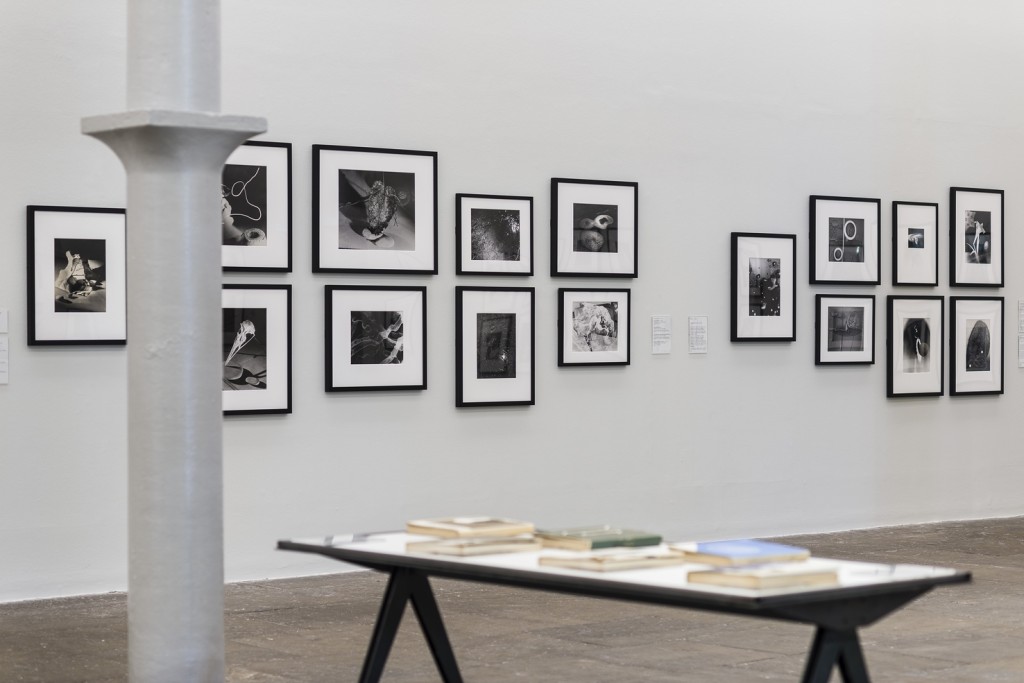Tate Liverpool’s György Kepes exhibition only covers a small portion of this maverick artist and deep thinker’s output. The works selected were created in the handful of years following his emigration to the US in 1937, where he headed the Colour and Light department of the New Bauhaus School in Chicago, established by fellow Hungarian and Bauhaus professor László Moholy-Nagy.
Essentially representing a short span in a very long career, this compact show of 80 inter-related photographs, photomontages and photograms – his first UK solo exhibition – manages to give us a clear insight into Kepes’s talent, intellect, wit and intense desire to explore various media.
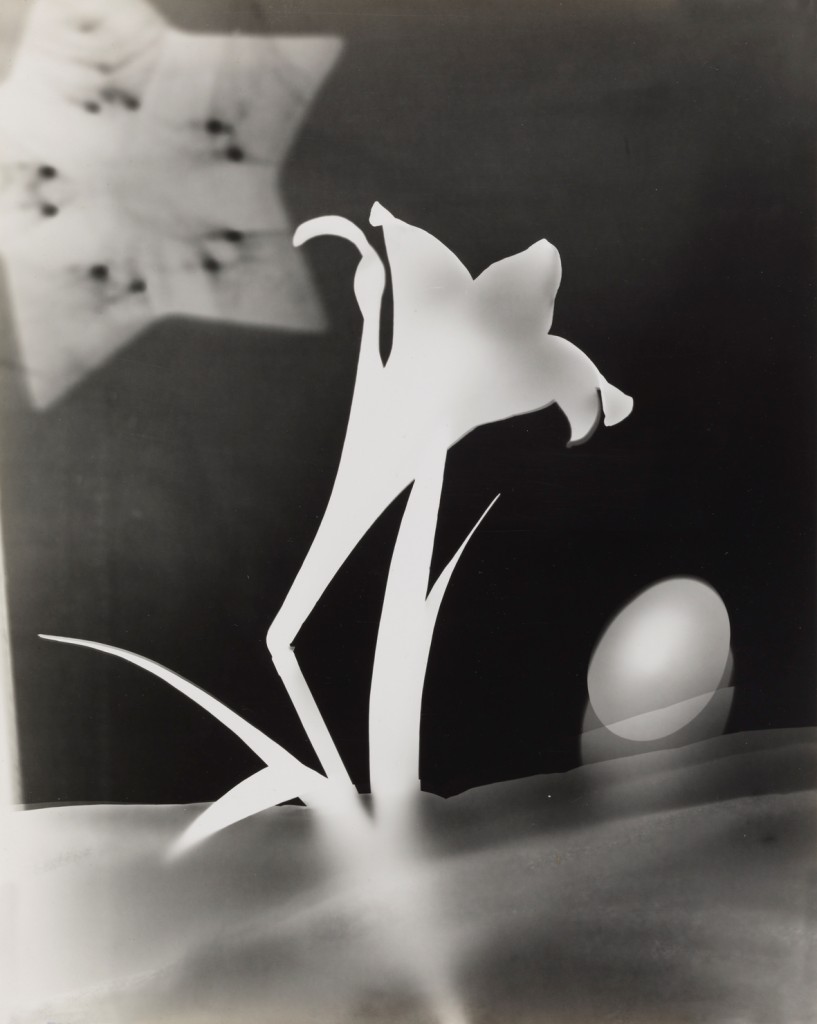
György Kepes, 1906-2001
Lily and Egg c. 1939
Photograph, gelatin silver print on paper, 355 x 284 mm
© estate of György Kepes
It also provides the viewer with a window into some of Kepes’s thinking. Show curator Stephanie Straine has carefully researched his books, specifically the six Vision + Value anthologies which he edited, commissioned and designed, bringing together expert practitioners from across the disciplinary spectrum. Contributors included Saul Bass, Marshall McLuhan, Marcel Breuer, Ad Reinhardt and Paul Rand to name but a handful of the artists, scientists, musicians, designers and philosophers involved. Selected Kepes quotes from his publications draw us further into his visionary approach to photography, graphics, art, and above all, their interconnectedness:
“The visual language is capable of disseminating knowledge more effectively than almost any other vehicle of communication.” György Kepes, Language of Vision
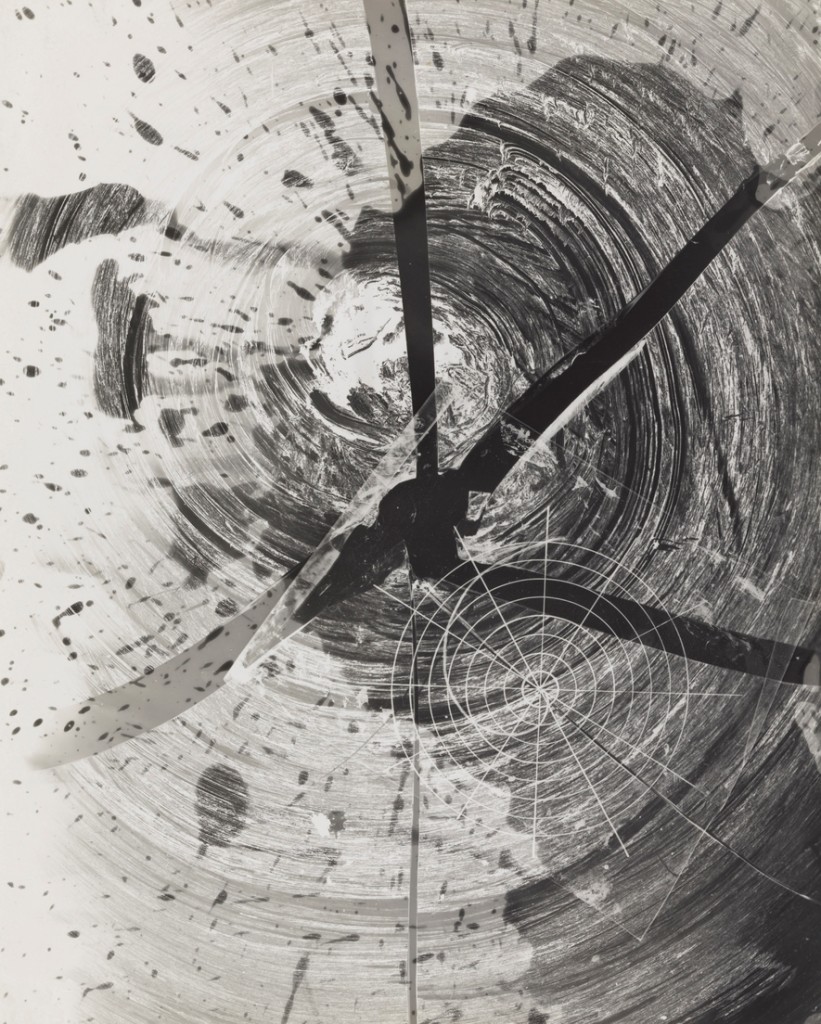
György Kepes, 1906-2001
Propeller c. 1939 -1940
Photograph, gelatin silver print on paper, 350 x 283 mm
© estate of György Kepes
Strategically placed at key intersections of the show Kepes’s written cues allow us a heightened understanding of his philosophy, techniques and all-embracing approach to creativity. What interested the artist most at the time and continued to inform his later work is the juxtaposition of science and technology with art and creativity, topics that continue to fascinate and inspire and which are increasingly merged in today’s multi-media environment. Scientists and artists can share the same energy and urge to discover, explore and create fresh concepts.

György Kepes, 1906-2001
Hand and Magnet Photogram c. 1939-40
Photograph, gelatin silver print on paper, 253 x 203 mm
© estate of György Kepes
Kepes’s statements are amplified by Straine in the show’s design, including the placement of Photomontage (Eyes) 1945, in its own space: “I felt it was unique within this group of works, in that it is a montage of eye images from many different mass media and published sources, indicating Kepes’s fascination with the mechanics of vision but also a fragmentary, collage-like approach to image composition. The eye is a recurring motif within his work, as seen in the close-up photograph ‘Eye’ c.1939-41, and this photomontage work demonstrates something like the unique meeting place of surrealism and Bauhaus-inspired geometric constructivism that his work from this time in Chicago explores.”
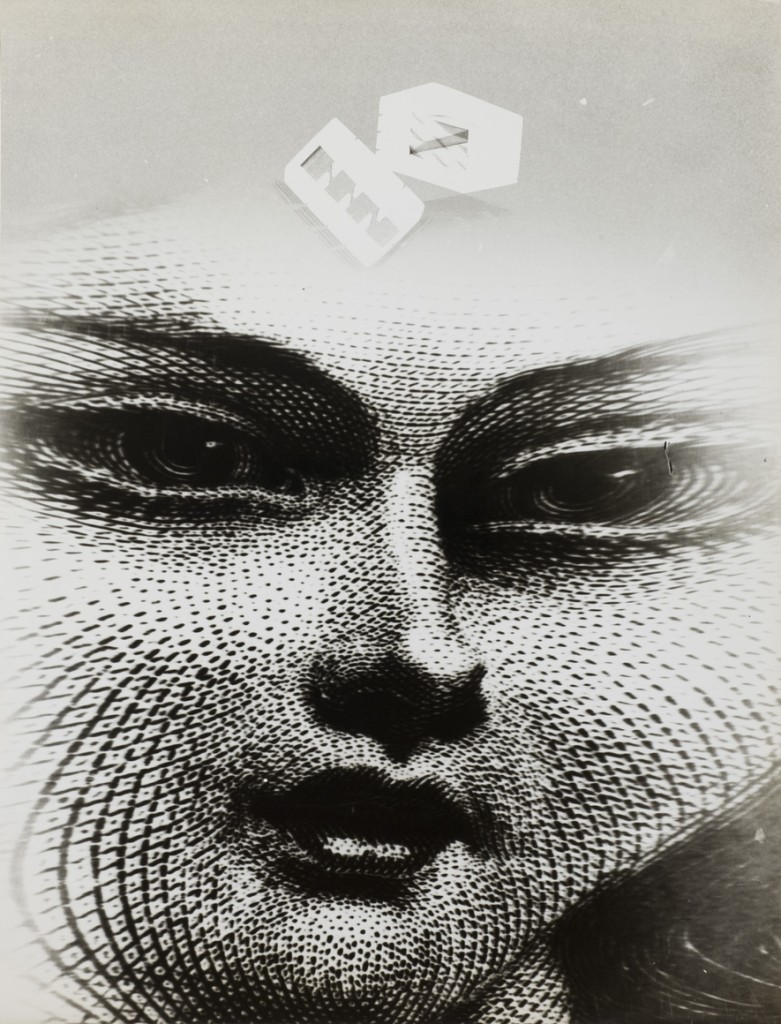
György Kepes, 1906-2001
Face Sculpture c.1939-1940, image: 352 x 273 mm
© estate of György Kepes. Image courtesy Wilson Centre for Photography.
Kepes explores his chosen fields through his selection of subject matter and in the creative process itself. With photograms in particular he has chosen to work in a medium which is somewhat inflexible and unpredictable in terms of results and one senses that this is entirely deliberate. He places seemingly disparate objects together, capturing original images using an unusual and essentially restrictive process to create tableaux which communicate both in their own right and within Straine’s sensitively arranged groups.
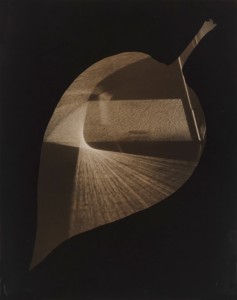
György Kepes, 1906-2001
Leaf and Prism 1938
Photograph, gelatin silver print on paper
348 x 277 mm
© estate of György Kepes
“Leaf and Prism 1938 is another work that strikes me as fantastically important, and representative of Kepes’s pioneering work with the photogram technique at this time. The juxtaposition of organic and inorganic forms (the prism also relating to the transmission of light and therefore vision itself) that this work explores can be understood as the touchstone for his wider visual practice, and even the beginnings of his work with camouflage research & development a couple of years later.” Stephanie Straine, Tate Liverpool
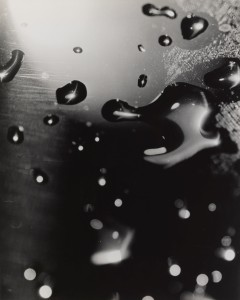
György Kepes, 1906-2001
Blobs 3 c. 1939-40
Photograph, gelatin silver print on paper, 355 x 284 mm
© estate of György Kepes
From body parts to kitchen utensils, light capturing prisms, geometric shapes and natural forms via the patterns made by leaves, puddles and shadows, the collection forms a capsule charged with inspiration for a whole new generation of photographers, graphic designers, illustrators, artists and technology afficionados.
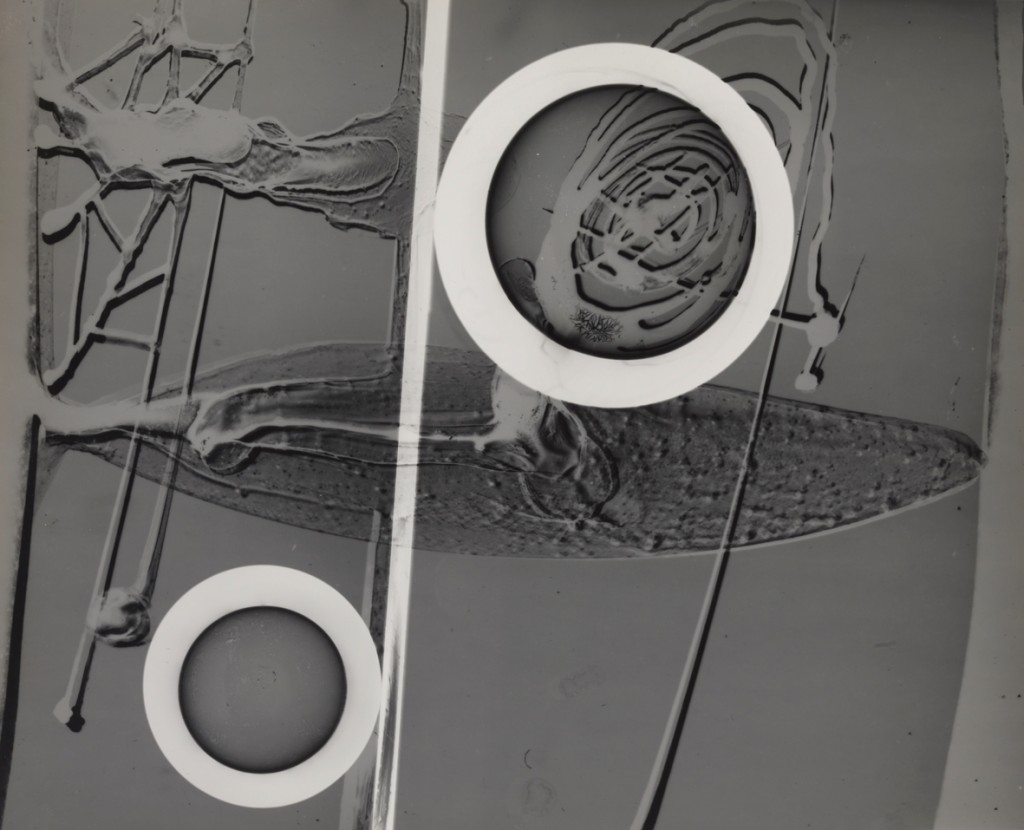
György Kepes, 1906-2001
Bas Relief with Circles c. 1939-40
Photograph, gelatin silver print on paper, 281 x 348 mm
© estate of György Kepes
We do indeed find hints of works to come, Kepes’s revolutionary projects using light for instance, his oil paintings which integrate sand and other natural materials and more generally the passion for abstraction, texture, form and pattern which became his hallmarks. One cannot help but think that Kepes also had a vision beyond his time, glimpsing within his own rapidly evolving environment the digital and social media driven world that we now inhabit:
“Today, the dynamics of social events, and the new vistas of a mobile, physical world, have compelled us to exchange a static iconography for a dynamic one.” György Kepes, Language of Vision
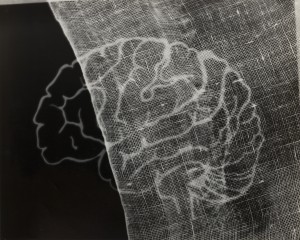
György Kepes, 1906-2001
Gauze and Brain Photogram c.1939-1940, image: 204 x 252 mm
© estate of György Kepes. Image courtesy Wilson Centre for Photography
Kepes’s works are exhibited as part of a wider vision by Tate Liverpool, forming one of three sections in a group of shows entitled ‘Surreal Landscapes’, a fitting title certainly for this multi-talented Hungarian’s oeuvre in the field of 20th Century photograms and related media.
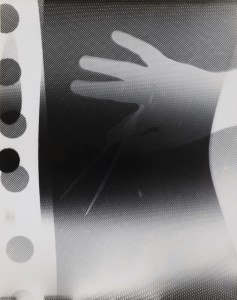
György Kepes, 1906-2001
Hands and Dots c.1939-1940, image: 355 x 282 mm
© estate of György Kepes. Image courtesy Wilson Centre for Photography.
György Kepes and Surreal Landscapes runs at Tate Liverpool until 31 May 2015 – entrance to the exhibition is free.
Read more about György Kepes and the opening of the Kepes Institute in Eger, Hungary in March 2012.
Text: © Emma Boden, 2015
All photos: © György Kepes / see captions

György Kepes, 1906-2001
Bone Fragment, Stone, Shadow c.1939-1940, image: 411 x 504 mm
© estate of György Kepes. Image courtesy Wilson Centre for Photography.



